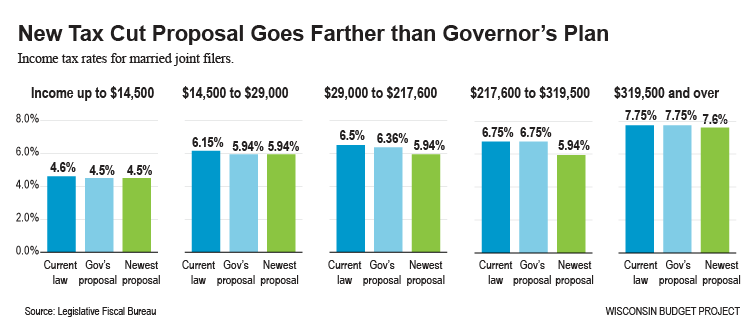Recent Congressional hearings on the international tax-avoidance strategies pursued by the Apple Corporation documented the company’s strategy of shifting U.S. profits to offshore tax havens. But a new report from Citizens for Tax Justice (CTJ) documents seventeen other Fortune 500 corporations which disclose information, in their financial reports, that strongly suggests they, too, have paid little or no tax on their offshore holdings. It’s likely that hundreds of other Fortune 500 companies are doing the same, taking advantage of the rule allowing U.S. companies to “defer” paying U.S. taxes on their offshore income.
Read the report, Apple is Not Alone.
Apple is one of eighteen Fortune 500 companies that disclose that they would pay at least a 30 percent U.S. tax rate on their offshore income if repatriated. These 18 corporations have $283 billion in cash and cash equivalents parked offshore.
The report also identifies an additional 235 companies that choose not to disclose the U.S. tax rate they would pay on an almost $1.3 trillion in combined unrepatriated offshore profits.
Taken together, if all of these companies’ offshore holdings were repatriated, it could amount to $491 billion in added corporate tax revenue according to CTJ’s calculations.
CTJ concludes that the most sensible way to end offshore tax avoidance of the kind documented in this report would be to end “deferral,” the rule that indefinitely exempts offshore profits from U.S. income tax until these profits are repatriated. Ending deferral would mean that all profits of U.S. corporations, whether they are generated in the U.S. or abroad, would be taxed by the United States – with, of course, a “foreign tax credit” against any taxes they pay to foreign governments to ensure that these profits are not double-taxed.



 At
At